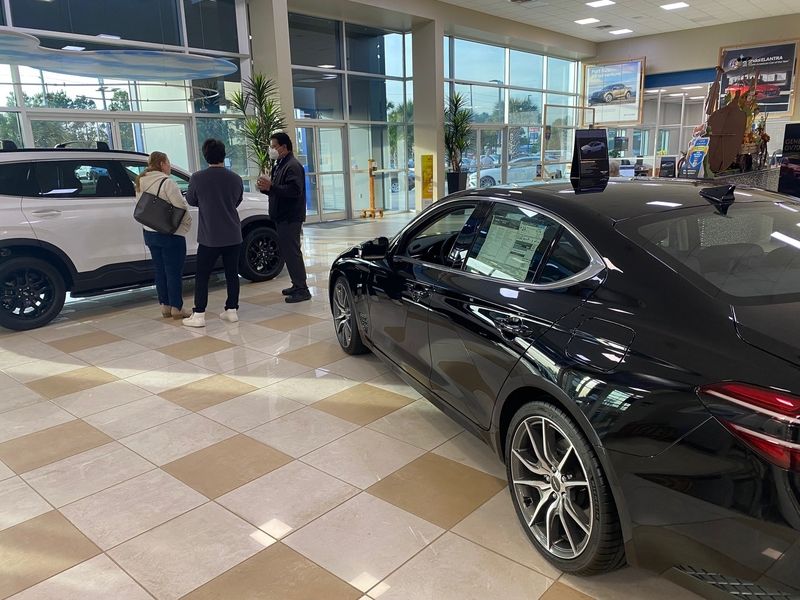
An eLend Solutions dealership survey found the industry largely fails to make the finance and insurance process available online to customers.
Fifty-three percent of dealerships polled allowed a customer to desk a deal online. But only 36 percent of retailers let the customer get through the F&I process or further digitally. The third-quarter questionnaire targeted eLend’s contacts list and a media partner’s database and received answers from 150 dealership “decision-makers,” such as finance directors and general sales managers, the company said.
“Dealers remain hesitant to move F&I online, a major speed bump in the realization of ‘transactional’ digital retailing,” eLend Solutions CEO Pete MacInnis said in a statement this month. “Many of the survey results are positive for the advance of digital retailing, with clear indications that, as the pandemic recedes, the [digital retailing] genie is not going back in the bottle. But, pushing the digital process forward into true e-commerce is still an uphill battle.”
Larger percentages of dealerships did let customers complete elements of F&I online, according to the survey. Forty-six percent of respondents said their customers can research and select vehicle protection products digitally. Forty-nine percent offered the ability to select payment and term options, and 67 percent permitted customers to apply for a loan.
Many dealerships are increasing their capabilities, however. Forty-six percent of managers polled said their customers can complete more of the sales process online than was possible before COVID-19 restrictions eased.
And some dealers might wish to move more of the process online but find themselves stymied by technology. Nearly three-fourths of dealers called finding a means to handle the entire sale digitally one of their main technological barriers. More than half of dealerships also described problems shifting the transaction between their physical store and their digital offerings.
CarNow co-founder Tim Cox has called seamless technology a problem for the industry, noting that a lot of great software exists for dealerships, but “they’re all point solutions.”
MacInnis estimated nearly all of the digital retail tools on the market failed to integrate credit data and couldn’t make adjustments based on the customer’s financial situation. He said software companies will declare their product to be “penny-perfect.” But while variables such as licensing and taxes might indeed be included, the payment calculated would only be relevant to a select audience, such as customers with top-tier credit, he said. The online quote might need to be renegotiated.
MacInnis said the siloed nature of a dealership also might prove a hurdle toward integrating F&I online into an end-to-end solution. In a physical dealership, the sales process has historically been separate from the finance process.
“They basically moved that same disjointed process online,” he said.
But retailers also balk at the idea of making financing terms visible online, out of fear it will become a commodity, according to MacInnis.
“We’ve heard that from so many dealers,” MacInnis said.
He likened it to the dealer resistance to posting vehicle prices online that was seen in the past.
In that vein, the main challenge in adopting or upgrading the overall digital experience is not the technology, according to the survey.
Only 27 percent of dealership decision-makers polled called tech their biggest hurdle — placing second to the human element. Thirty-seven percent of the leaders polled said people, staffing and leadership was their top challenge to improving or adding digital retail. This might take the form of resistance to change, recruitment of the wrong people for the job or insufficient leadership, eLend suggested.
Fifty-seven percent of the dealership management polled felt more than one-fifth of transactions would partly or completely be handled online by 2025. Yet 47 percent of respondents felt digital retail was simply a lead-generation tool.
“One half of dealers view [digital retailing] as a means to drive sales online,” eLend wrote. “The other half use their website solely as a tool to drive consumers to the dealership/showroom.”

